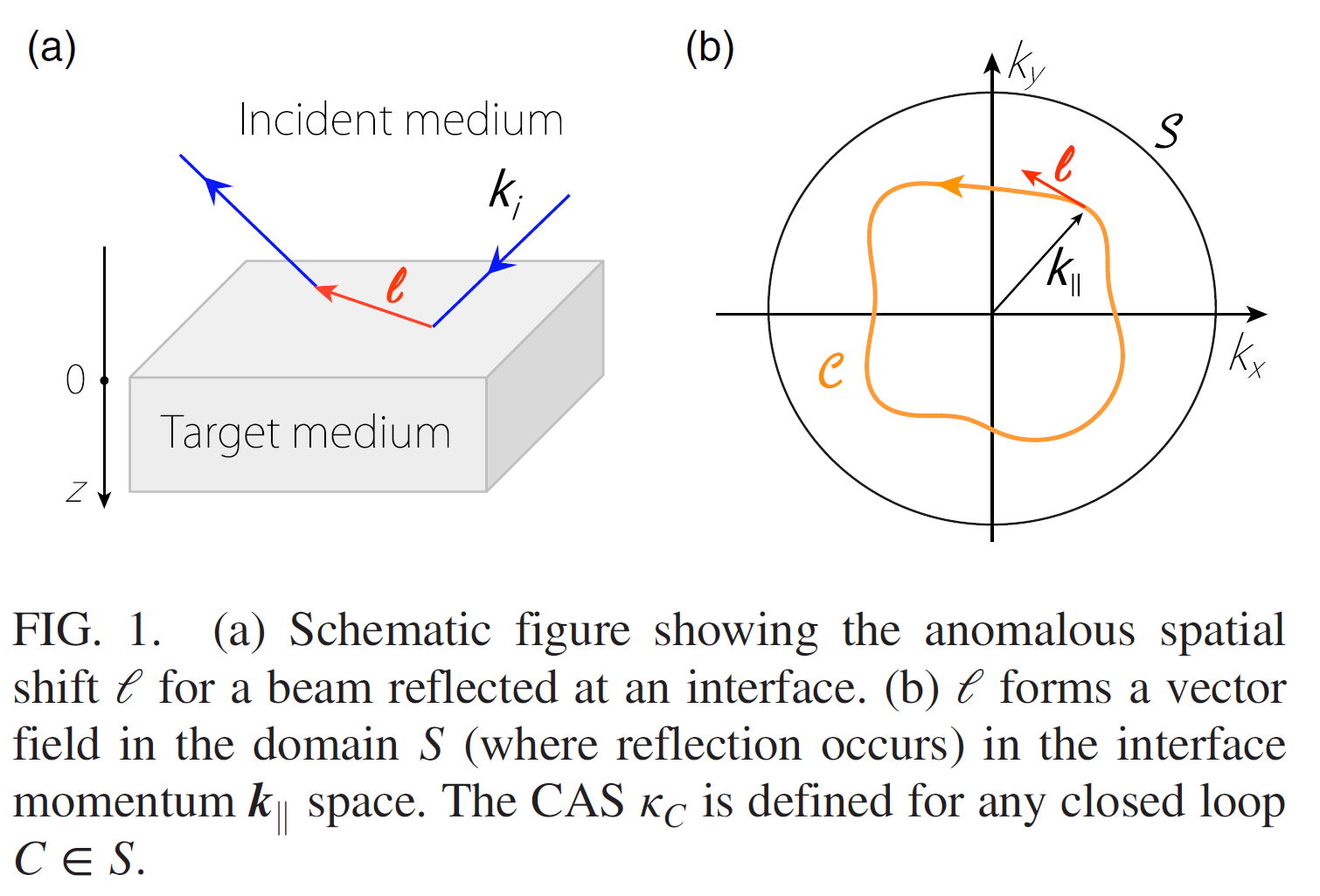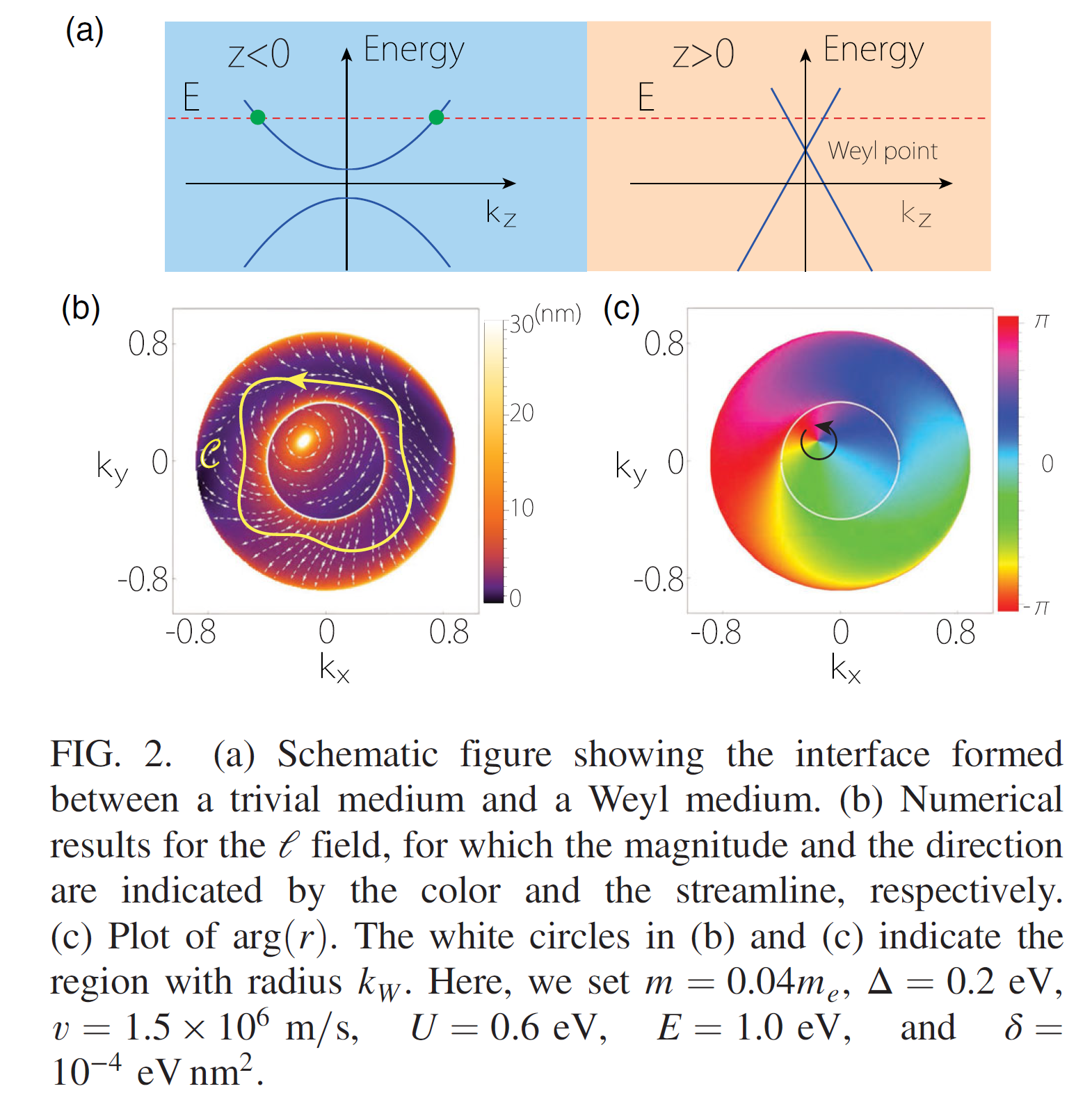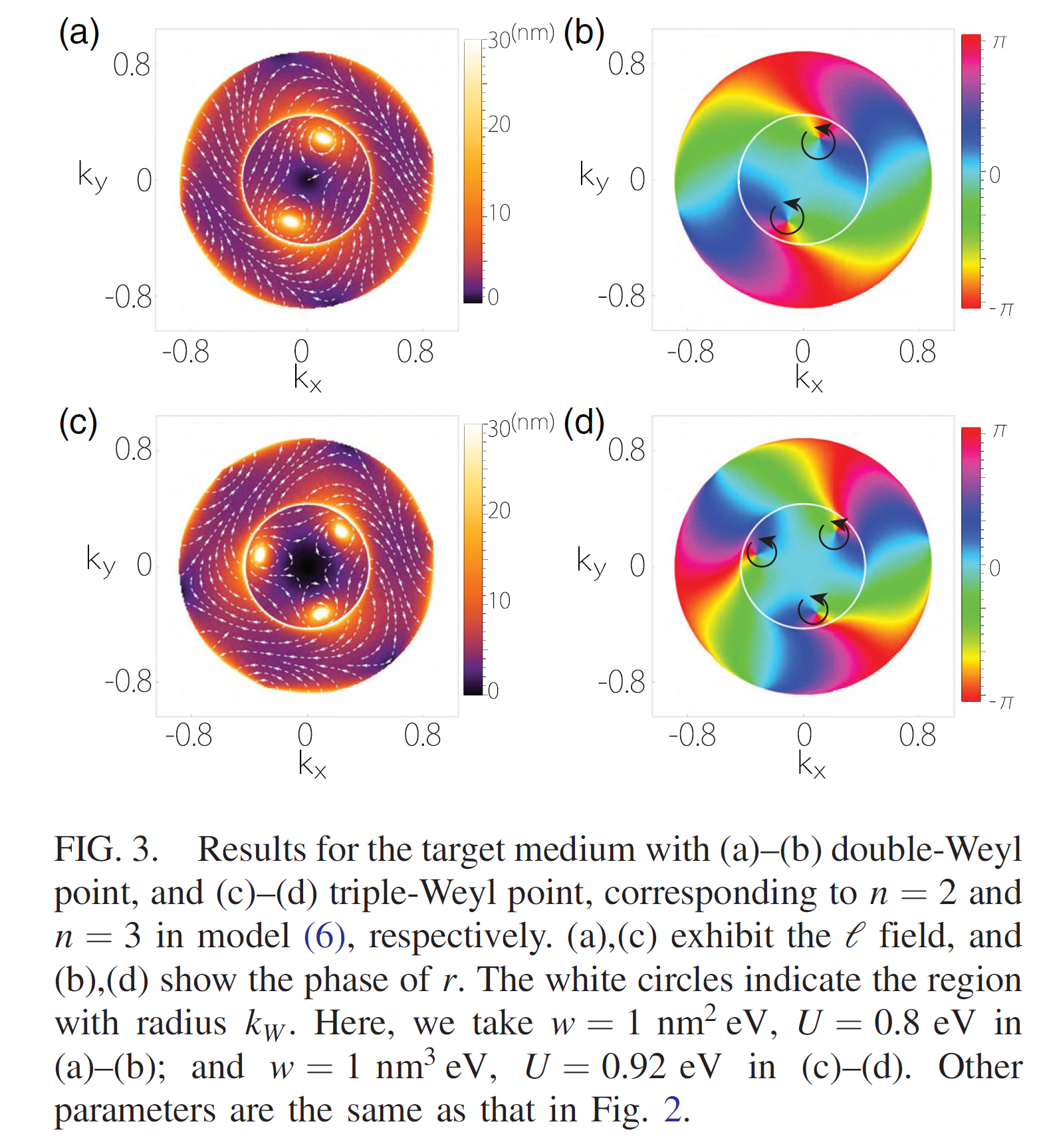Quantized Circulation of Anomalous Shift in Interface Reflection
来源: 作者: 发布时间:2022-10-13Interface reflection is a ubiquitous and long-known physical process, but research in this area is still booming. In interface reflection, an interesting physical phenomenon is the so-called anomalous shift, which means that a beam may undergo an anomalous spatial shift when it is reflected at an interface. This phenomenon was firstly discovered in optics and then has also been introduced into electronic systems. It has even been found in Andreev reflections at metal superconducting interfaces. Moreover, exploring and revealing novel anomalous shift behavior is not only a fundamental physical problem but also provides a new potential means for detecting the physical properties of materials.
In recent years, Z.-M. Yu, S. A. Yang, and Y. Yao have made a series of important progress in the study of anomalous shift. In 2017, Y. Liu, Z.-M. Yu and S. A. Yang pointed out that transverse shift can exist in the Andreev reflection at the interface of a metal and s-wave superconducting [Physical Review B, 96, 121101 (2017)], and later in 2018, Z.-M. Yu et al. found that unconventional superconductivity can solely induce anomalous transverse shift without the help of spin-orbit coupling [Physical Review Letters 121, 176602 (2018)].
Recently, Z.-M. Yu et al. unveil a hidden quantized feature in this ubiquitous physical process. The general model for studying anomalous spatial shift can be divided into two parts, one is the incident region, and the other is the transmission or target region, as shown in Fig. 1(a). When an incident particle beam (such as light or electrons) moves from the incident region to the target region, it can produce an anomalous spatial shift when reflected at the interface. The anomalous spatial shift is a vector defined in the interface momentum space, and its definition range is the projection of the Fermi surface of the incident region on the interface momentum space, as shown in Fig. 1(b).
Based on symmetry analysis, Z.-M. Yu et al. pointed out that when the incident region has certain symmetries, the circulation of anomalous shift (CAS) must be quantized. Particularly, the symmetry requirements of this quantization are not harsh, and hence this quantization applies to a class of interesting cases. Many normal systems, such as ordinary metals, satisfy the symmetry requirements of quantization. This work has calculated two junction models: trivial metal and Weyl semimetal, and trivial metal and superconductors. The calculation results show that the vector field of anomalous spatial shift will form quantum vortices in the interface momentum space, which directly proves that the CAS has quantized characteristics, as shown in Fig. 2 and Fig. 3. More importantly, the calculations show that the value of CAS depends on the topological charge of the Weyl points and the superconductors.
This work shows that if the target region has a non-zero topological charge, the CAS would be finite and equal to the topological charge. This in turn shows that CAS can be used to probe the topological properties of target regions. Given the importance of quantized physical quantities in physics, this work will greatly facilitate the study of anomalous shift and novel topological materials.
The work was published in Physical Review Letters [Physical Review Letters 125, 076801 (2020)] and the authors are Ying Liu, Zhi-Ming Yu, Cong Xiao, and Shengyuan A. Yang.







